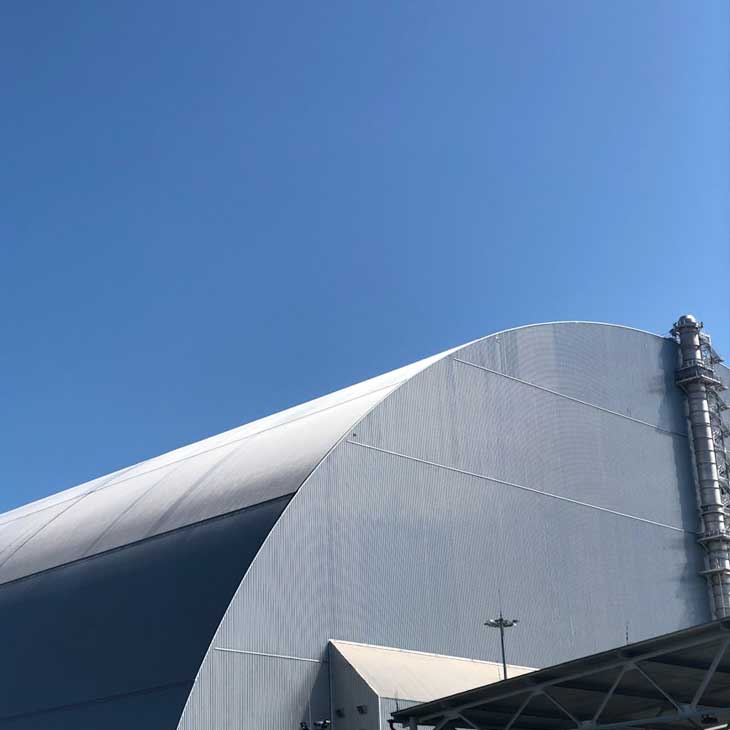In a groundbreaking move, Tesla, the pioneer in electric vehicles, has announced plans to integrate hydrogen fuel cell technology into its lineup by 2025. This shift marks a significant departure from Tesla’s traditional focus on battery electric vehicles (BEVs) and underscores the company’s commitment to diversifying its sustainable energy solutions. By adopting hydrogen fuel cells, […]
Introduction Methane emissions have become a focal point in global environmental policy due to their significant impact on climate change. In response, the Environmental Protection Agency (EPA) has introduced stringent regulations aimed at reducing methane emissions, particularly from industries such as oil and gas. This article delves into these new regulations and explores how continuous […]
Introduction Methane emissions pose a significant challenge in the fight against climate change due to their potent greenhouse effect. Recognizing this, the European Union (EU) has implemented stringent regulations aimed at reducing methane emissions across various sectors. Continuous monitoring technology has emerged as a vital tool in helping industries comply with these regulations. This article […]
Introduction The COP28 climate talks marked a watershed moment in the global effort to transition away from fossil fuels. While the top-level announcements garnered significant media attention, the real substance lay in the practical discussions about utilizing existing technologies to facilitate this transition. This article delves into the COP28 discussions and highlights how we can […]
Introduction Clean hydrogen, particularly green hydrogen, is a cornerstone of the energy transition. It has the potential to eliminate reliance on fossil fuels, especially in hard-to-abate sectors, and contribute to net-zero emissions. Green hydrogen is produced using renewable energy sources such as wind and solar power. Addressing Climate Change and Poverty Investing in green hydrogen […]
Introduction Hydrogen, a ubiquitous element in nature, holds significant potential for transforming industries, particularly those that are hard to abate, such as steel, cement, chemical manufacturing, and glass production. Utilizing hydrogen as a clean energy source can drastically reduce carbon emissions and enhance energy efficiency. However, to harness this potential effectively, the deployment of advanced […]
Introduction Batteries have profoundly transformed the utility industry, with advancements in battery chemistries expanding their applications. Standards committees and safety code writers, composed of volunteers from various industry segments, are developing best practices and safety guidelines to keep up with these rapid technological changes. Battery Applications Grid Stabilization: Batteries support the grid by storing energy […]
In environmental monitoring and industrial safety, the detection and quantification of multiple gases simultaneously is a critical yet complex task. Hydrogen (H2) and methane (CH4) stand out among the myriad of gases that require monitoring due to their prevalence and significance. Hydrogen, widely used in industries and emerging as a clean energy source, and methane, […]
Europe has done a big step towards large-scale green hydrogen production and use, many questions are still open on the final use of green hydrogen, will it simply replace grey hydrogen for the industry or will it replace the fossil fuels for the stationary and transportation? In any case, a big question is up here […]
Germany’s cabinet approved on Wednesday a bill to fast-track the construction of hydrogen infrastructure, import, and production facilities as Berlin bets on the fuel to help decarbonize Europe’s biggest economy, government sources said. The Hydrogen Acceleration Law will give infrastructure an “overriding public interest” status, meaning authorities will prioritize it in the approval process. Permitting […]
- 1
- 2
















